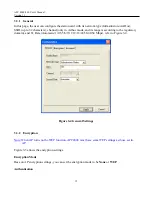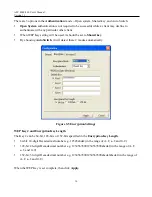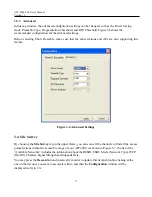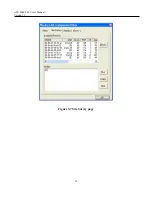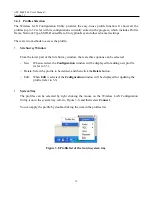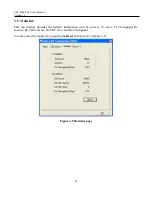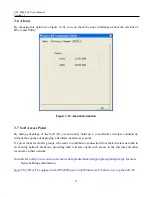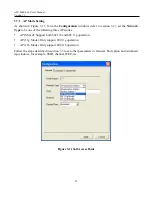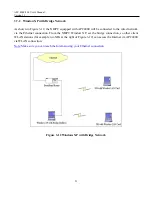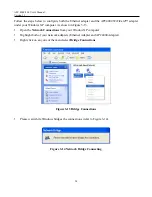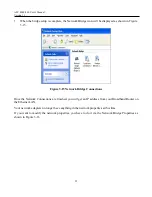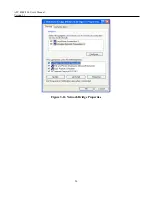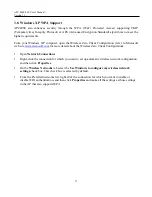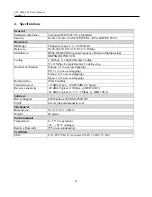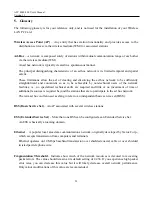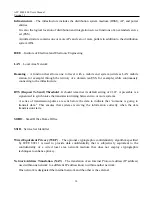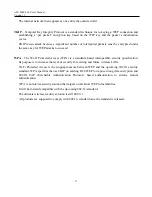
APC 4000-500 User’s Manual
Version 1.1
29
5. Glossary
The following glossary is for your reference only, and is not need for the installation of your Wireless
LAN PC Card.
Wireless Access Point (AP)
– Any entity that has station functionality and provides access to the
distribution services via the wireless medium (WM) for associated stations
Ad-Hoc
– A network is composed solely of stations within mutual communication range of each other
via the wireless medium (WM).
An ad hoc network is typically created in a spontaneous manner.
The principal distinguishing characteristic of an ad hoc network is its limited temporal and spatial
extent.
These limitations allow the act of creating and dissolving the ad hoc network to be sufficiently
straightforward and convenient so as to be achievable by non-technical users of the network
facilities; i.e., no specialized technical skills are required and little or no investment of time or
additional resources is required beyond the stations that are to participate in the ad hoc network.
The term ad hoc is often used as slang to refer to an independent basic service set (IBSS).
BSS (Basic Service Set)
– An AP associated with several wireless stations
ESS (Extended Service Set)
– More than one BSS can be configured as an Extended Service Set.
An ESS is basically a roaming domain.
Ethernet
– A popular local area data communications network, originally developed by Xerox Corp.,
which accepts transmission from computers and terminals
Ethernet operates on 10 Mbps baseband transmission over shielded coaxial cable or over shielded
twisted pair telephone wire.
Fragmentation Threshold
– Indicates how much of the network resources is devoted to recovering
packet errors. The value should remain at its default setting of 2,436. If you experience high packet
error rates, you can decrease this value but it will likely decrease overall network performance.
Only minor modifications of this value are recommended.

